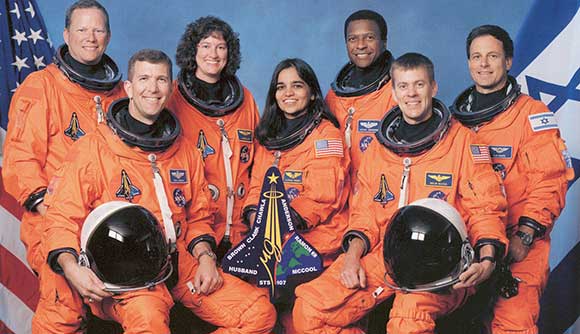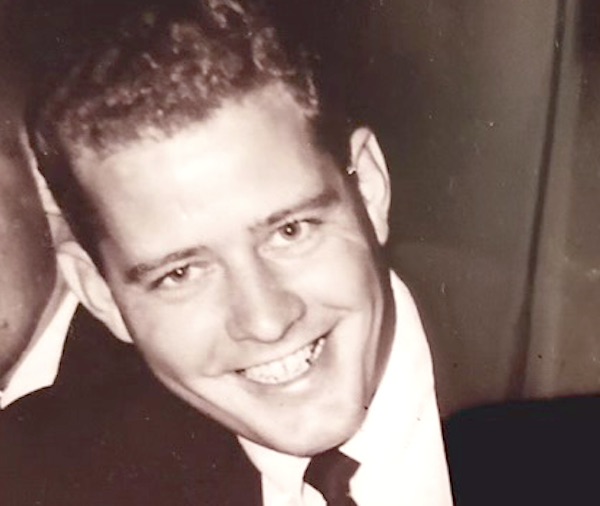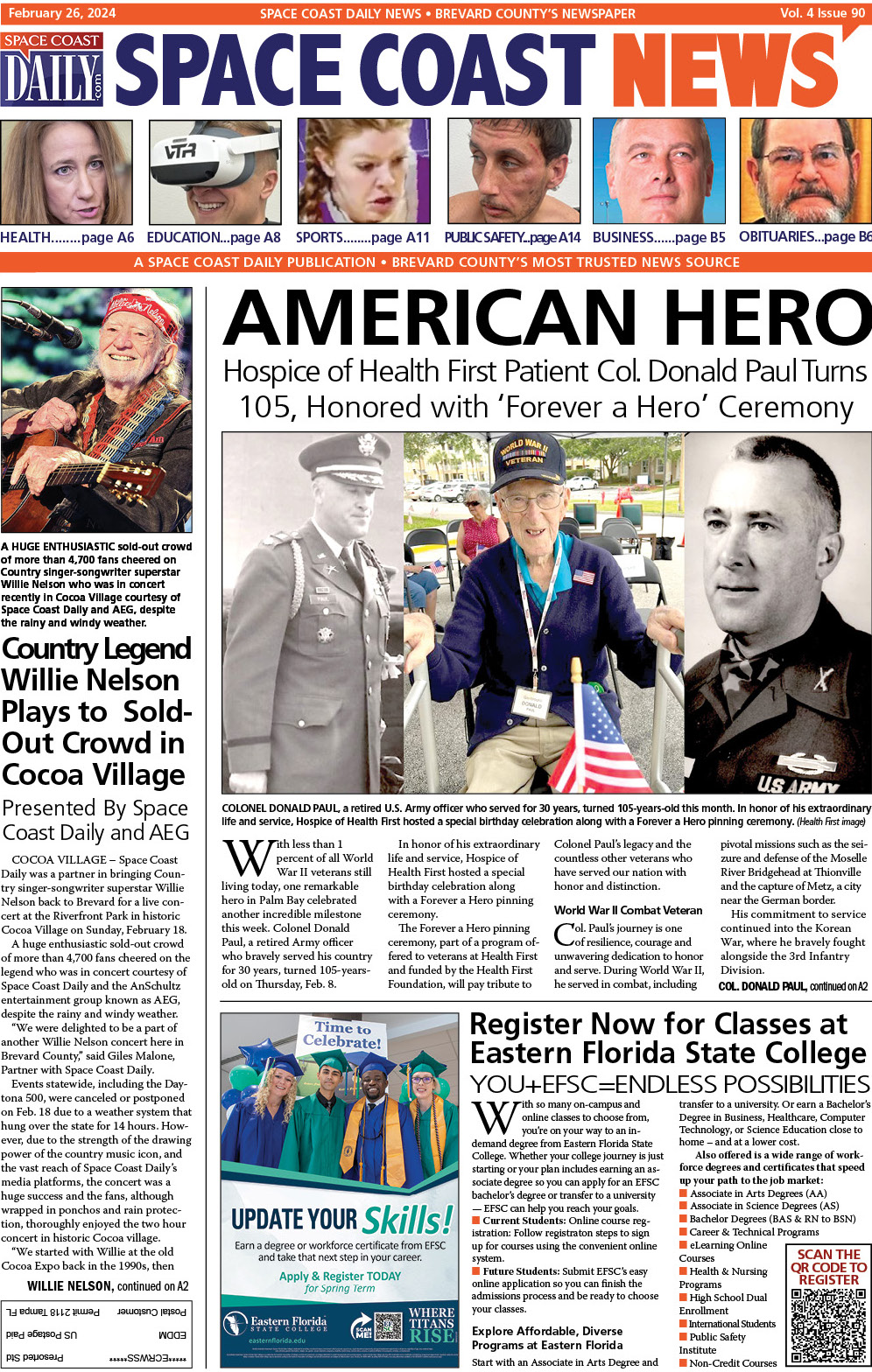SPACE HISTORY: Feb. 1 Marks the 15th Anniversary of Space Shuttle Columbia Disaster
By Space Coast Daily // February 1, 2018
Columbia broke apart on February 1, 2003, while re-entering the Earth’s atmosphere
ABOVE: On February 1, 2003, the Space Shuttle Columbia was returning from its 28th mission when, 16 minutes to touchdown, the shuttle incinerated and broke apart over Texas. Communication between the Columbia crew and Mission Control captures the final moments.
HISTORY.COM – The space shuttle Columbia broke apart on February 1, 2003, while re-entering the Earth’s atmosphere, killing all seven crew members.
The disaster occurred over Texas, and only minutes before Columbia was scheduled to land at the Kennedy Space Center.
An investigation later determined the catastrophe was caused by a piece of foam insulation that broke off the shuttle’s propellant tank and damaged the edge of the shuttle’s left wing.
The Columbia disaster was the second tragedy in the history of the space shuttle program after the space shuttle Challenger broke apart shortly after launch in 1986 and all seven astronauts on board perished.
THE COLUMBIA CREW INCLUDED:
• Commander: Rick D. Husband, a U.S. Air Force colonel and mechanical engineer, who piloted a previous shuttle during the first docking with the International Space Station (STS-96).
• Pilot: William C. McCool, a U.S. Navy commander.
• Payload Commander: Michael P. Anderson, a U.S. Air Force lieutenant colonel, physicist, and mission specialist who was in charge of the science mission.
• Payload Specialist: Ilan Ramon, a colonel in the Israeli Air Force and the first Israeli astronaut.
• Mission Specialist: Kalpana Chawla, aerospace engineer who was on her second space mission.
• Mission Specialist: David M. Brown, a U.S. Navy captain trained as an aviator and flight surgeon. Brown worked on scientific experiments.
• Mission Specialist: Laurel Blair Salton Clark, a U.S. Navy captain and flight surgeon. Clark worked on biological experiments.

During the launch of STS-107, Columbia’s 28th mission, a piece of foam insulation broke off from the Space Shuttle external tank and struck the left wing of the orbiter. A few previous shuttle launches had seen damage ranging from minor to major from foam shedding, but some engineers suspected that the damage to Columbia was more serious.
NASA managers limited the investigation, reasoning that the crew could not have fixed the problem if it had been confirmed.When Columbia re-entered the atmosphere of Earth, the damage allowed hot atmospheric gases to penetrate and destroy the internal wing structure, which caused the spacecraft to become unstable and break apart.
After the disaster, Space Shuttle flight operations were suspended for more than two years, as they had been after the Challenger disaster. Construction of the International Space Station was put on hold; the station relied entirely on the Russian Roscosmos State Corporation for resupply for 29 months until Shuttle flights resumed with STS-114 and 41 months for crew rotation until STS-121.
Several technical and organizational changes were made, including adding a thorough on-orbit inspection to determine how well the shuttle’s thermal protection system had endured the ascent, and keeping a designated rescue mission ready in case irreparable damage was found.
Except for one final mission to repair the Hubble Space Telescope, subsequent shuttle missions were flown only to the ISS so that the crew could use it as a haven in case damage to the orbiter prevented safe reentry.
– History.com and Wikipedia contributed to this report
CLICK HERE FOR NASA AND SPACE NEWS
















